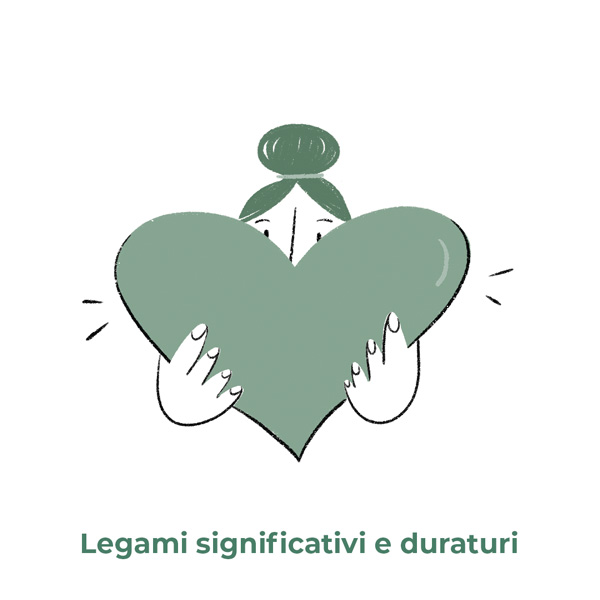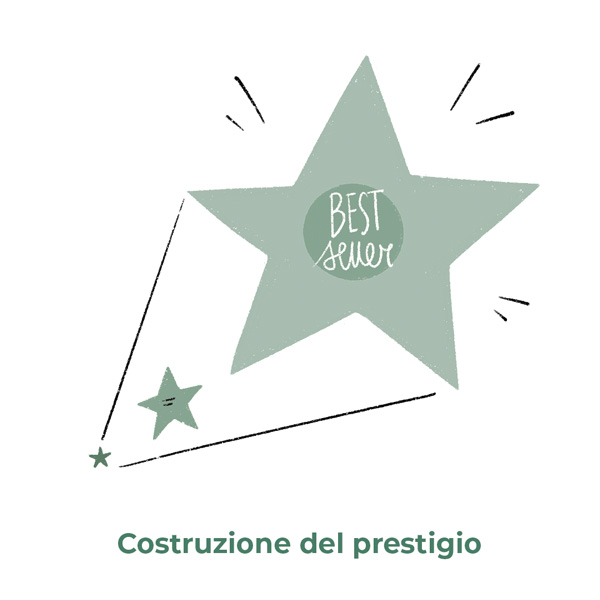Often, the concept of user experience design (or UX) is automatically associated with the standards for creating digital products. However, its field of application is much broader and more complex, encompassing both Product Design and Service Design.
To fully understand its meaning, one can consider the definition by the Nielsen Norman Group, which states that UX “includes all aspects of the interaction of end users with a company, its services, and its products.”
1. User experience: what is user experience and why should companies address it?
The User Experience, according to the ISO 9241-210:2019 standard, is the set of “user’s perceptions and responses” that “occur before, during, and after the use” of a product, service, or system. UX concerns “users’ emotions, beliefs, preferences, perceptions, comfort, behaviors, and results.”
It is therefore the result of brand image, functionality, performance, behavior, and the ability to provide support. It also arises from the user’s mental and physical state, which is shaped by previous experiences, competencies, and personality, as well as the context of use.
Thus, some aspects to consider in a company’s UX design process emerge:
- it is an aspect that a company should keep in mind in the design of services, products, and systems. The term “experience” refers not only to their use but also to the relationship between the individual and the company;
- users are not only consumers but also people to engage with. They are individuals with goals, needs, and desires who see your offering as a means of support. If fulfilled, they will see the company as a valuable partner to return to;
- the subjective nature of the user’s experience that an individual undergoes should be considered. This is a complex facet involving emotional traits and expectations. This reflects the recognized importance of target analysis in UX design.
2. Why is User Experience important?
User experience is important because its approach aims to create simple, efficient, enjoyable, and audience-aligned responses. These responses translate into products, services, websites, etc., and, in general, into the entire relationship between the user and the organization. For a company, this means not abandoning its economic goals, but rather working more effectively towards them.
In other words, a UX approach is not an end in itself, but enables the achievement of significant competitive advantages. A company’s ability to deliver UX that is truly relevant for people and their needs determines their likelihood of returning.
ADVANTAGES OF USER EXPERIENCE






Working on user experience (and customer experience) allows a company to:
- increase sales volume and customer base;
- enhance loyalty efforts and retention strategies;
- reduce one-off interactions by making them consistent and recurring;
- build significant, lasting relationships;
- transform clients into true brand advocates;
- establish long-term prestige.
3. How to improve User Experience?
To improve User Experience, it is necessary to design useful and enjoyable products and experiences. To achieve this, UX Design combines various approaches and fields of interest: design, marketing, psychology, branding, circular design thinking, etc.
However, other important factors include simplicity, performance, accessibility, security, usability, etc. Defining these requires adapting them to the characteristics of a company’s target audience.
For this reason, working on UX requires conducting research and analysis on your audience to discover purchase motivations, attitudes, and needs. Focusing on these factors helps empathize with their lives, understand their needs, and adapt (or renew) your offering.
These activities should be performed consistently so a company remains competitive. Research on the target audience allows a company to detect and even anticipate changes, trends, and new market opportunities. This provides the flexibility to adapt products, services, systems, and user experience accordingly.
4. What is the difference between User Experience and Customer Experience?
The terms “user experience” (UX) and “customer experience” (CX) both concern the user experience, but over different timeframes. In the UX domain, a company designs experiences for its users.
Every product or service from a company involves a certain user experience. At the UX level, a company designs its offering to ensure that each interaction is effective and enjoyable for the user. Users can thus meet their needs and, when satisfied, provide positive feedback.
On the other hand, the activities and touchpoints (touchpoints) between the client and the company shape the relationship. This is where customer experience comes in, which is the overall relationship that develops over time between a company and its clients.
For example:
- CX concerns the entire process of acquiring a product, from research to purchase, use, and customer support;
- UX, on the other hand, deals with designing a secure and simple e-commerce site where a product can be purchased.
An approach that takes both user and customer experience into account can guarantee significant profits. This requires the ability to develop every interaction in the context of the entire relationship you wish to build with your audience.
“When the point of contact between the product and people becomes a point of friction, then the [designer] has failed. However, if (…) it makes people feel safer, more comfortable, more willing to buy, more efficient, or simply happier, then the designer has succeeded.”
(H. Dreyfuss, Designing for People)
5. What is the difference between User Experience and User Interface?
The difference between user experience and user interface is not immediately obvious. In design, the two concepts are often mistakenly conflated, but UX and UI involve different activities.

The user interface, or UI, defines the elements of the graphic layout and their positioning. This includes visual components, such as images, colors, and fonts, as well as interactive elements like buttons and blocks. The objective is to design clear interfaces that are coherent with the company’s image, visually pleasing, and easy to use.
The user experience, on the other hand, concerns the interaction between the user and the product. From this, the basic layout of an app or website is constructed, determining potential uses and how elements interconnect. User expectations, characteristics, and accessibility must all be considered.
Designing with both UI and UX in mind allows the creation of products that let users achieve their goals completely, quickly, and easily. People can find what they need immediately and without frustration, increasing the likelihood that their experience will lead to a repeat usage, a purchase, or contact for future collaborations.
6. What are some examples of User Experience?
While the concept of user experience is recent, there are numerous examples to be studied as case studies. The awareness that UX generates competitive advantages for a company is widely known. The case of Apple is a prime example: the focus on the UX approach is evident in two of their most innovative products.

- The Macintosh (1984) was Apple’s first personal computer designed for the mass market. Its design aligns with the most interesting developments from engineers and psychologists working on PCs in the 1970s. The Macintosh features a graphical user interface, integrated screen, and mouse.
- The iPhone (2007) pitched itself as the easiest phone to use. Apple ensured this by incorporating a touchscreen, replacing physical keyboards, and integrating hardware with software to offer a more immersive and high-performance user experience than competitor devices.
